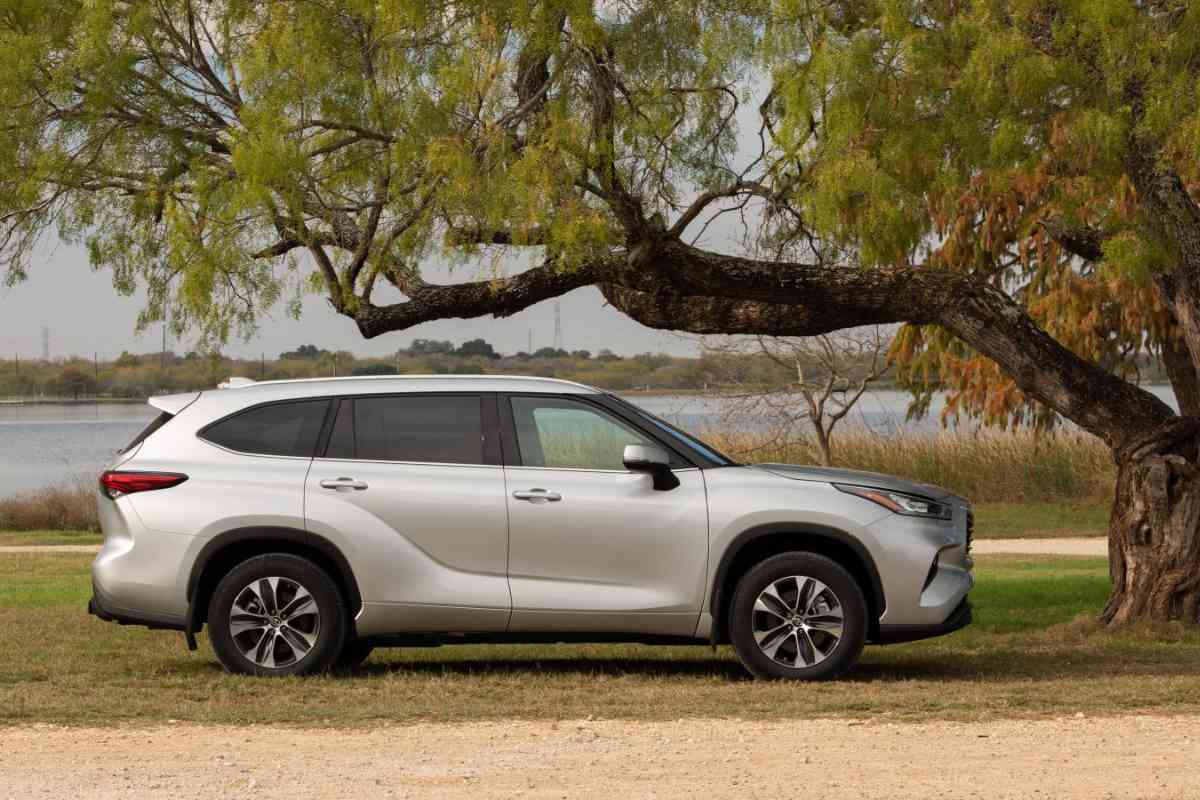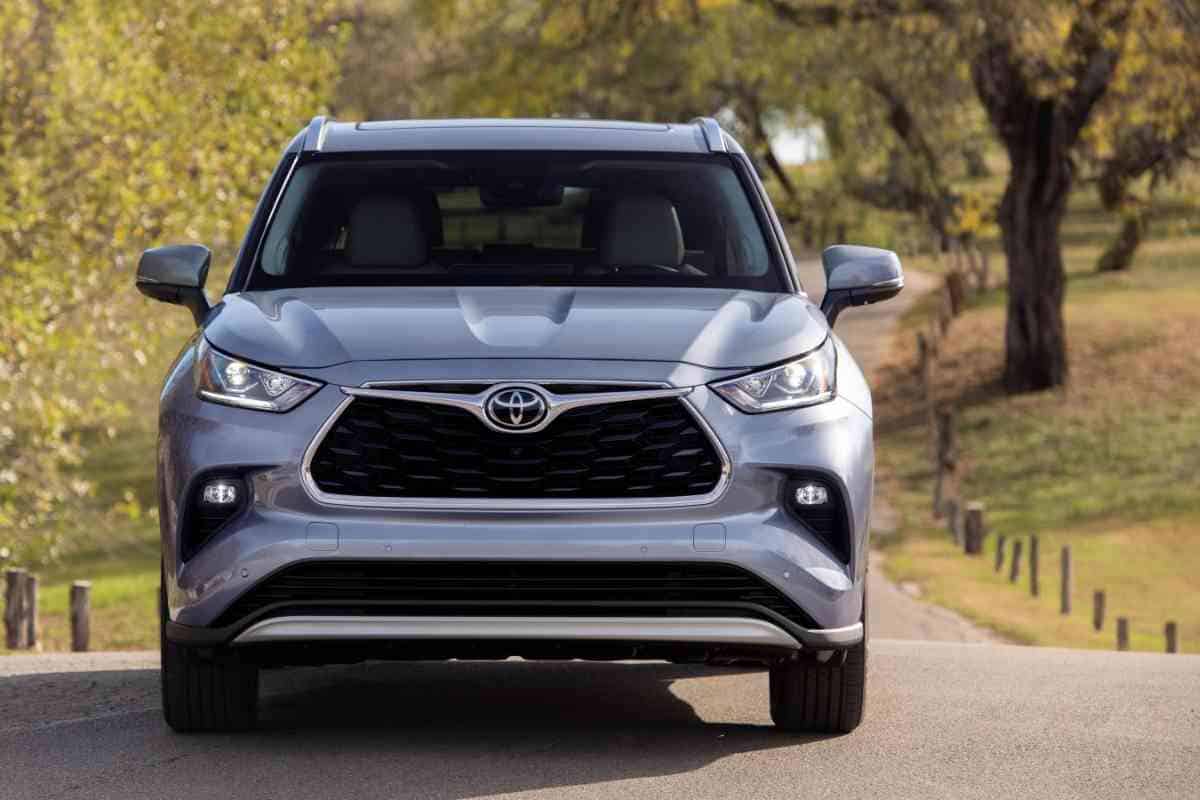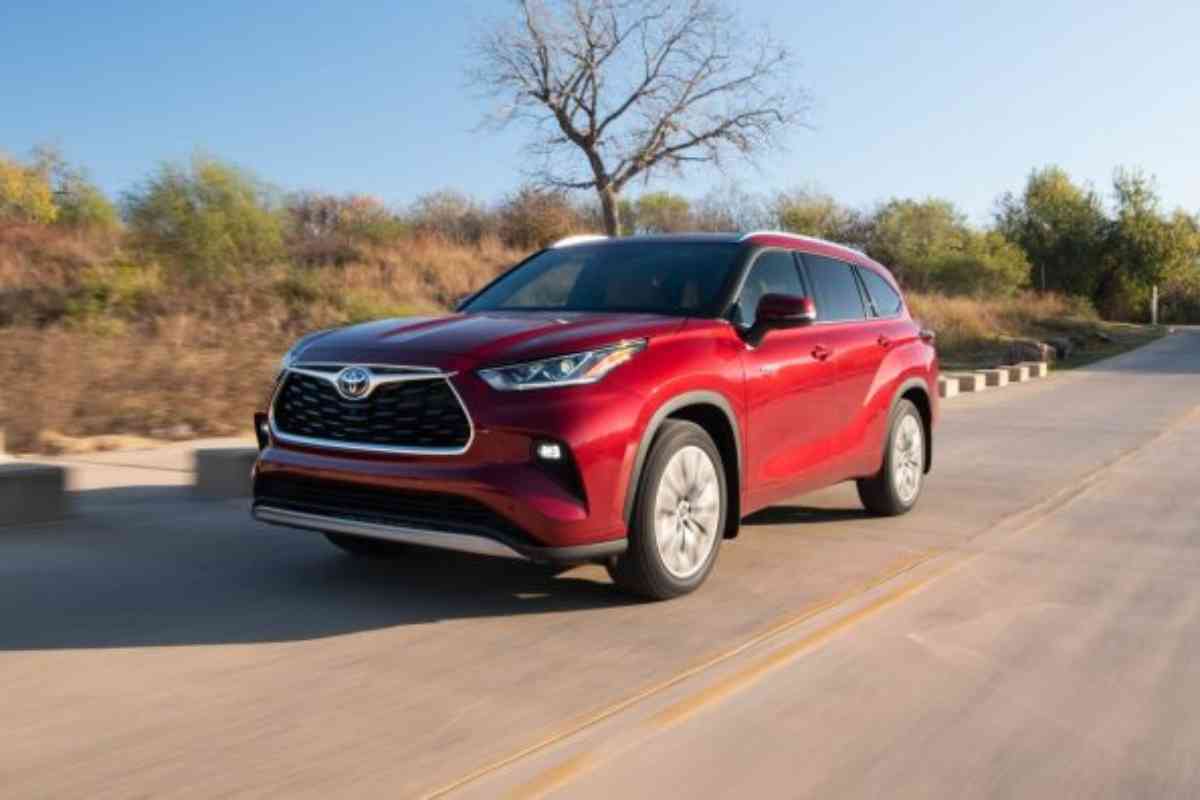6 Toyota Highlander Years To Avoid & Why They’re The Worst!

The key focus in your research for purchasing a Toyota Highlander should be Toyota Highlander Years To Avoid. Determining which production years of this model to sidestep is a critical part of your pre-purchase investigation.
The Toyota Highlander has been one of the longest-running mid-sized SUVs ever produced. Introduced in 2001 (in North America), the sporty crossover grew into Toyota’s best-selling SUV for a few years before being dethroned by the RAV4.
The SUV has gone through a few generations, and over the last twenty years, it has seen some real advancements in technology, comfort, and performance. Despite the adjustments, the Highlander continues to be a good-selling product for the Japanese automaker.
What Are The Toyota Highlander Years To Avoid?
Six years of Toyota Highlander should be avoided at all costs. The 2003-2005, 2008-2012, and 2020 have reported issues. They range from the engine to steering to faulty ignition coils and CO2 sensors. Many of the issues occurred after the warranty expired.
What are the Worst Years of the Toyota Highlander?
While the track record of the Toyota Highlander is relatively problem free, there have been a few years that have been better than others. What are the years a potential buyer is better to avoid?
2003 Toyota Highlander
A variety of issues are very concerning for owners of this model. The NHTSA (National Highway Traffic Safety Administration) has logged over 100 complaints on the engine alone.

Engine Issues
One of the most common engine issues had to do with stripped head bolt threads which led to gasket failure and in some cases, complete engine failure. The overheating created leaks of coolant and caused other systems, like the AC, to fail.
Customers were constantly complaining about how their SUVs were being affected, and to make matters worse.
They were shelling out hard-earned money for repairs (about $3,250 for each episode). The NHTSA reported the issue due to the complaints but stopped short of issuing a recall.
While there aren’t many of these twenty-year-plus Highlanders still on the road, there are a few, and buyers need to be aware.
Clogged Idle Control Valves
Many complaints were also recorded for SUVs failing to start or run correctly in colder temperatures.
Clogged control valves were not allowing adequate airflow, which affected the Highlander’s ability to maintain performance.
While the cost was minimal ($307), it often occurred enough to aggravate Toyota owners to no end.
Other issues that plagued the first generation of Highlander (2001 – 2007) included oxygen sensor failures and excessive oil consumption.
2005 Toyota Highlander
Even with the issues of the ‘03 model, the 2005 model was even worse. Toyota owners were frustrated by significant issues with the brand.
Faulty Ignition Coils
While this is an issue that plagued several years of first-generation Highlanders, the 2005 year is significantly affected.
The symptoms were often issues with jerking or hesitation by the car when accelerating. Mechanics discovered that the problem was caused by a bad ignition coil, which cost customers about $400 to repair.

Bad Oil Leaks or Sudden Loss of Oil Pressure
Many of the 2005 and following years of Highlander suffered from faulty oil cooler lines that produced a pool of oil underneath the SUV or the smell of burning oil filtering through the cabin.
Many customers found that they could not drive their cars with no oil in the engine and ended up having cars with motors that were locked up completely.
Toyota was aware of the issue and tried to offer a replacement hose for the bad oil cooler hose, but the replacement was also prone to breaking.
2008 Highlander
In its second generation, the SUV still had rubber oil cooler lines creating problems. The lines could not take the engine’s heat and often failed due to the faulty rubber compound.
Oxygen Sensors
Faulty Oxygen sensors were the primary culprit, among other issues, for the ‘08 Highlander. The sensors would often fail one at a time, necessitating customers to bring their SUVs in for repair multiple times.
Most of the repairs occurred after the Highlander was out of warranty, which tended to aggravate Highlander owners even more.
The average cost of replacing an O2 sensor was a few hundred dollars for each visit.
(Note: 2002 – 2011 Highlanders were recalled due to the use of Takata Airbags. Any buyer should know this issue and that the recall has been done).
2012 Highlander
The 2012 Toyota Highlander makes our worst list due to steering issues.
Steering Issues
This is the model year when Toyota finally addressed the oil cooler lines and engine issues that plagued the early years.
Unfortunately, a steering issue kept the car from being one owner trusted with their families. The issue caused the steering to pop or knock at low speeds, or in some cases, it locked up completely.
Toyota stated that a faulty circuit board controlling the power steering may have been to blame at the assembly plant.
Still, the problem was eventually diagnosed as an intermediate steering shaft. The average cost of the repair was $645.
2013, 2016 Highlander
We have grouped these two years in their third generation because the same issue affects both years.
Airbag Issues
Even though Toyota has a history of using Takata airbags, these two years of Highlander had specific problems with airbags that would not deploy at all.
Many lawsuits involved families whose loved ones had experienced severe injury due to crashes involving these non-functioning safety devices.
Toyota did issue a recall on the passenger side airbag that might have needed to be calibrated correctly but did little to help owners who had already experienced the problem.
2020 Highlander
This fourth-generation Highlander is known to have fuel tank issues.
Customers complained that they could not fill the gas tank with 17.1 gallons as it was supposed to contain. Instead, they could only fill about 14 gallons which were 3 gallons short.
The faulty part was traced to a venting issue designed to keep the fuel tank from overfilling. The fuel tank was a problem for the Highlander Hybrid model as well.
A class action lawsuit was filed but dismissed.
What Are the Best Years of Toyota Highlander?
The best years of Toyota Highlander to purchase as a used vehicle are 2017 and 2018. Both models carry the fewest complaint and repair issues.
For the ‘17 model year, the Highlander has a new V6 engine designed with direct injection, leading to better fuel economy and more power than in former years.
One of the additions was auto-stop/start, which many other manufacturers were installing in their vehicles to boost mpg savings.
These years, SUVs have many driver amenities and safety features that became standard equipment for most manufactured vehicles. The SUVs have lane-departure systems, blind spot monitoring, pedestrian alert, and pre-collision warnings.
The 2017 and 2018 are excellent at holding their value, making them prime candidates for sale by used car dealers.
Over the years, the Toyota Highlander has captured American families’ attention and is known for its reliability, dependability, and safety.
Key Takeaways
- The worst years for Highlander are 2003,2005, 2008, 2012 – 13, 2016 and 2020
- The most significant issues involved the engine, steering, and fuel tanks.
- The best years for Highlander are 2017 and 2018.
